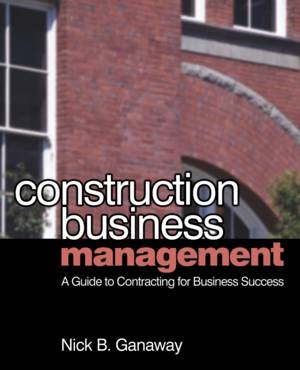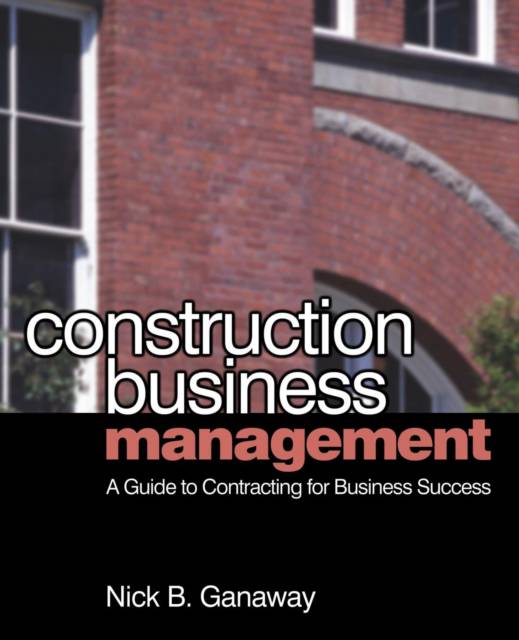
- Retrait gratuit dans votre magasin Club
- 7.000.000 titres dans notre catalogue
- Payer en toute sécurité
- Toujours un magasin près de chez vous
- Retrait gratuit dans votre magasin Club
- 7.000.0000 titres dans notre catalogue
- Payer en toute sécurité
- Toujours un magasin près de chez vous
Description
Only 43 per cent of U.S. construction firms remain in business after four years. Why? Inadequate management, according to the U.S. Small Business Administration. This is surprising because most construction firms are formed by ambitious construction project managers, executives and tradesmen who have excelled at what they have been doing. But as experienced as these entrepreneurs may be, they are not likely prepared to take on the full range of responsibilities forced on them in managing the business of construction in its entirety.While this business failure rate and its causes are based on U.S. experience, available data from a number of other industrialized countries shows they are similar.This book describes in detail what the business side of the construction equation requires of the construction firm owner. The contractor who quickly learns these requirements can identify and avoid or manage around the pitfalls that cause the high failure rate in our industry and put his or her construction firm on a level playing field with the best-run companies in the business. The detailed duties of the owner, whether in the U.S., U.K., Australia or Canada, are a common theme throughout the book. The author, Nick Ganaway, speaks peer-to-peer, and the book is sprinkled with supporting examples from his own experience. He is immersed in the industry and this book is "based on the things I've learned, used, and refined as a light-commercial general contractor in the course of starting and operating my own construction firm for 25 years." The contractor doing $5 million or $50 million or more in annual sales or the equivalent amount in other countries, or the entrepreneur who is just starting up, can use the tried and proven material in this book to build a business that is profitable, enjoyable, and enduring.Additionally, the book devotes a chapter to specializing in chain-store construction.
Spécifications
Parties prenantes
- Auteur(s) :
- Editeur:
Contenu
- Nombre de pages :
- 224
- Langue:
- Anglais
Caractéristiques
- EAN:
- 9780750681087
- Date de parution :
- 01-08-06
- Format:
- Livre broché
- Format numérique:
- Trade paperback (VS)
- Dimensions :
- 193 mm x 236 mm
- Poids :
- 435 g

Les avis
Nous publions uniquement les avis qui respectent les conditions requises. Consultez nos conditions pour les avis.






